Are you into Japanese food? Then you’ve likely tried wasabi, that zesty green paste that spices up your sushi. But here’s a twist: much of the “wasabi” you’ve had is probably fake.
Most places use an imitation made from horseradish, mustard, and food coloring. Curious about the differences between wasabi real vs imitation? Let’s dive into what sets them apart.
But why settle for a fake when you can experience the real deal? Join me as we delve into the world of wasabi, uncovering its origins, cultivation techniques, and the unique flavor profiles that set it apart.
Discover why discerning chefs and food enthusiasts seek out the authentic root, and how its scarcity impacts your sushi experience.
Get ready to unravel the secrets of this iconic Japanese garnish and learn how to distinguish the real from the replica. Prepare to be amazed by the nuanced narrative of wasabi – it’s a story that will leave you craving more.
The Origins of Wasabi
Wasabi, a staple in Japanese cuisine, originates from the mountainous regions of Japan, where it’s been cultivated for centuries. This potent condiment, known for its fiery kick, is more than just a flavor enhancer; it’s a testament to the rich culinary tradition that you have the power to explore and incorporate into your dishes.
Understanding its roots gives you leverage in distinguishing between the authentic wasabi, which is derived from the Wasabia japonica plant, and its often-found imitations.
You’re in control of elevating your culinary experience by choosing real wasabi. It’s crucial to recognize that most wasabi served outside Japan is actually a mixture of horseradish, mustard, and food coloring.
This imitation lacks the depth and nuances of real wasabi, which has a complex flavor profile that subtly enhances your food without overwhelming it. By opting for genuine wasabi, you’re not just adding a condiment; you’re embracing an authentic component of Japanese heritage.
It’s your decision to demand the authentic experience, ensuring that what you consume or serve is as genuine as the traditional Japanese dishes you admire.
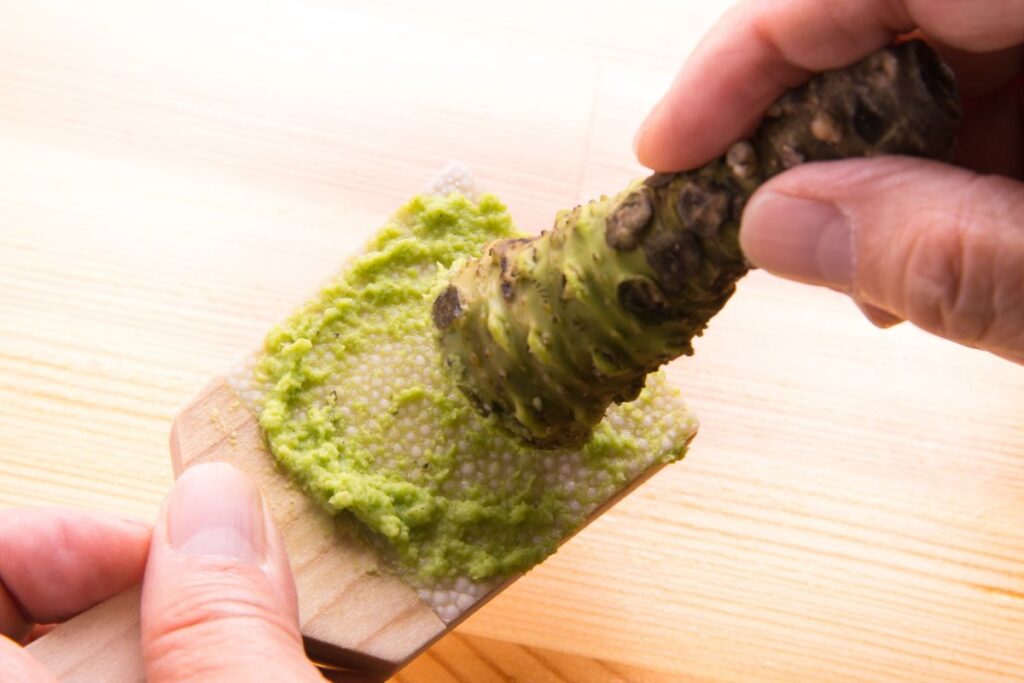

Cultivating Genuine Wasabi
Growing genuine wasabi requires patience and a specific set of environmental conditions, reflecting the dedication necessary to cultivate this unique ingredient. You’ll find that wasabi thrives in a temperate climate, preferring the cool, shaded areas near mountain streams.
It’s not just about finding the right spot; you must maintain a precise balance of humidity and temperature, ensuring the soil stays moist but not waterlogged.
You’ll be in for a long haul, as wasabi plants take about 18 to 24 months to mature. Throughout this period, you must vigilantly guard against pests and diseases, which can decimate your crop if you’re not careful.
It’s a test of your resolve, but the reward—a harvest of fresh, pungent wasabi roots—is worth the effort.
To take control of the wasabi cultivation process, start with high-quality seeds or cuttings from a reputable source. You’ll need to mimic the plant’s natural habitat as closely as possible, which might mean investing in a shade structure or a misting system to keep the conditions just right.
Anatomy of Imitation Wasabi
Most ‘wasabi’ served outside Japan is actually a clever concoction of horseradish, mustard, and food coloring, not the genuine root. This might come as a surprise, but it’s a truth you’ve got to grasp to take control of what you’re eating.
The real wasabi, Wasabia japonica, is notoriously hard to grow, making it rare and expensive. So, what you’re often getting is a mix designed to mimic wasabi’s sharp, pungent flavor without the high cost.
The base of this imitation is horseradish, which provides a similar fiery kick. Mustard is added to the blend for an extra layer of heat and complexity, while green food coloring gives it that recognizable wasabi hue.
Sometimes, additional ingredients like cornstarch are mixed in to achieve the desired texture.
Understanding this composition lets you make informed choices. If you’re seeking authenticity or have dietary restrictions, knowing the anatomy of imitation wasabi empowers you to ask the right questions at restaurants or choose products wisely at stores.
It’s about taking charge of your culinary experiences, ensuring you know exactly what’s on your plate.
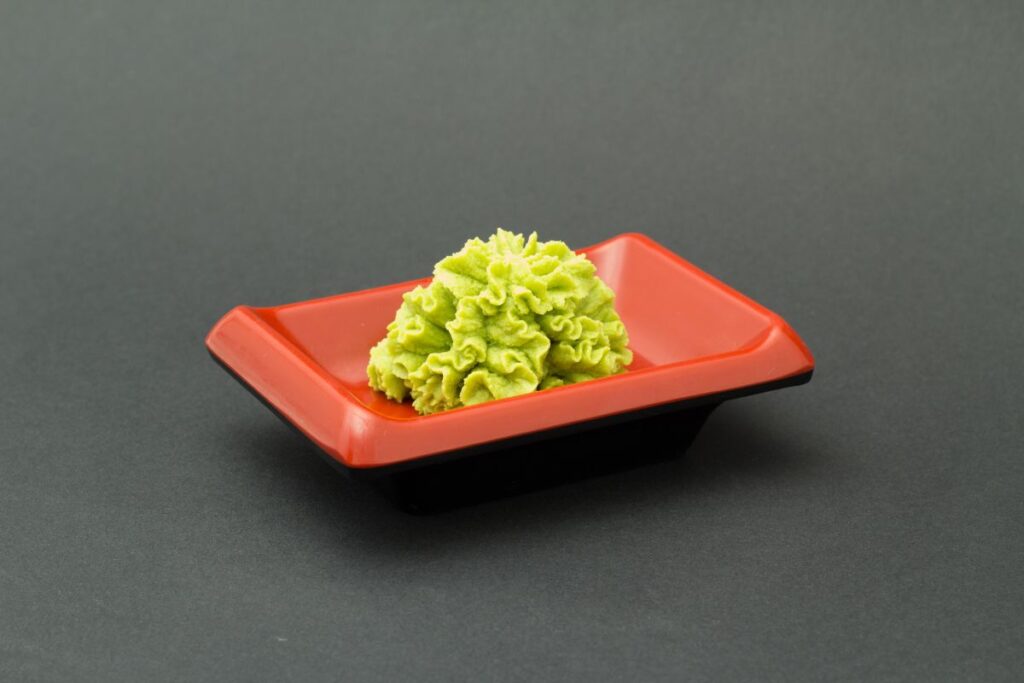

Identifying Wasabi: Real Vs. Imitation
Having grasped the basics of imitation wasabi, it’s crucial you learn how to distinguish it from the real deal. You’re after authenticity, and it’s within your reach if you know what to look for.
Firstly, check the texture. Real wasabi has a finely grated, almost fibrous texture, reflecting its natural root origin. If what you’re looking at is smooth and uniform, you’re probably dealing with an imitation.
This isn’t just about aesthetics; the texture affects how the wasabi releases its flavor.
Next, observe the color. Genuine wasabi presents a pale green, almost pastel shade. In contrast, the fake version often sports a brighter green, designed to catch your eye but not indicative of natural wasabi.
The scent is another giveaway. Real wasabi offers a fresh, sharp aroma, which is much more nuanced than the harsh, pungent smell of its counterpart. If your nose is tingling with an overpowering scent, that’s a red flag.
Lastly, consider the price. Real wasabi is significantly more expensive due to its labor-intensive cultivation process. If it’s cheap, question its authenticity.
The Taste Test Difference
Why not let your taste buds be the ultimate judge in distinguishing between real and imitation wasabi? When it comes to experiencing the authentic flavor of Japanese cuisine, you’ve got the power to discern the difference.
Real wasabi offers a complex, nuanced taste profile. It’s fresh, with a unique, sharp, but not overpowering, heat that fades quickly, leaving a sweet aftertaste. Its texture is finely grated, smooth, and without the gritty consistency often found in its counterfeit counterpart.
Imitation wasabi, on the other hand, tends to hit you with a blunt, aggressive heat that lingers unpleasantly. It’s made from horseradish, mustard, and food coloring, which contributes to its harsher flavor and chemical aftertaste.
Its texture can be inconsistent, sometimes too smooth or too thick, a dead giveaway you’re not dealing with the real deal.
Conclusion
In conclusion, navigating the world of wasabi means understanding its roots and recognizing the craft behind the real deal. You’ve learned that genuine wasabi is a labor of love, while its imitation, though widespread, lacks the depth and subtlety of the real thing.
However, it’s important to note that there are some who argue that imitation wasabi can still provide a satisfactory flavor experience. While this may be true for some, it’s clear that the difference in quality and taste between real and imitation wasabi is significant.
When you’re next faced with the choice, remember the clear markers and trust your taste buds. The difference isn’t just noticeable; it’s a gateway to appreciating authentic Japanese cuisine on a whole new level.
If you have any thoughts or experiences with wasabi, we invite you to leave a comment and share your perspective.


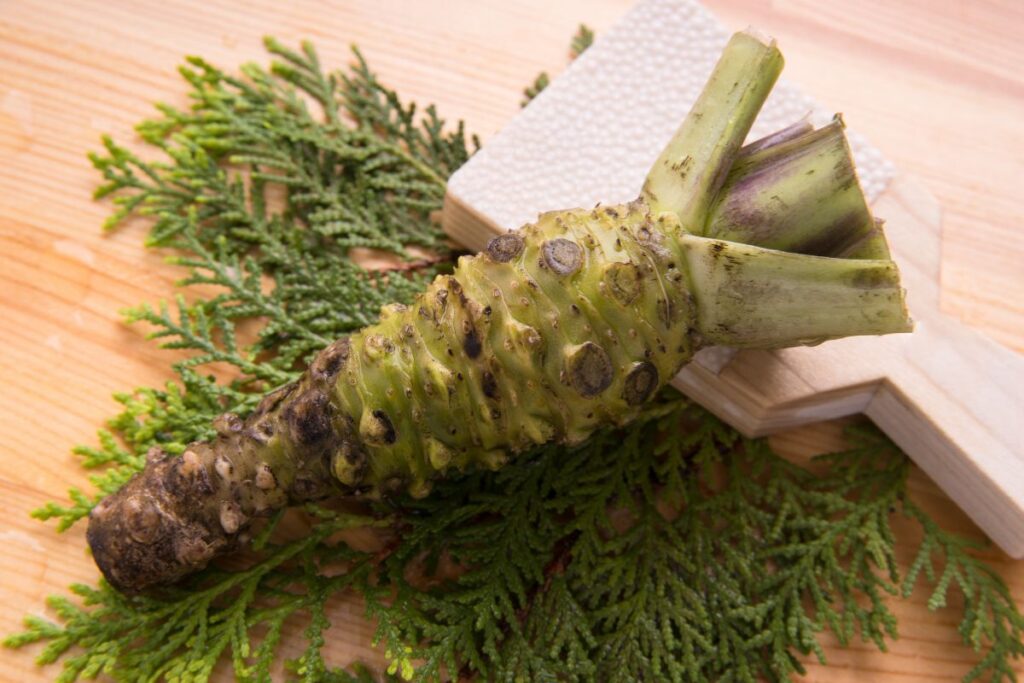

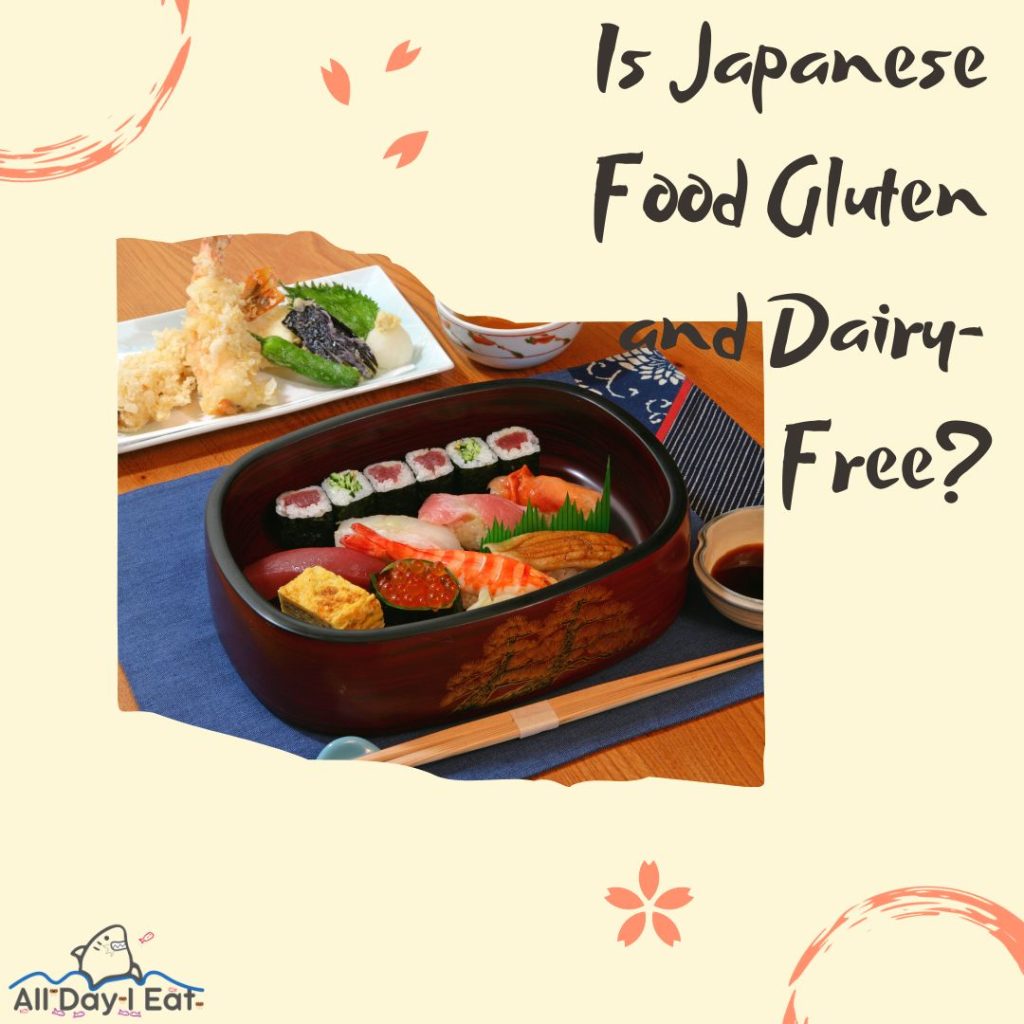
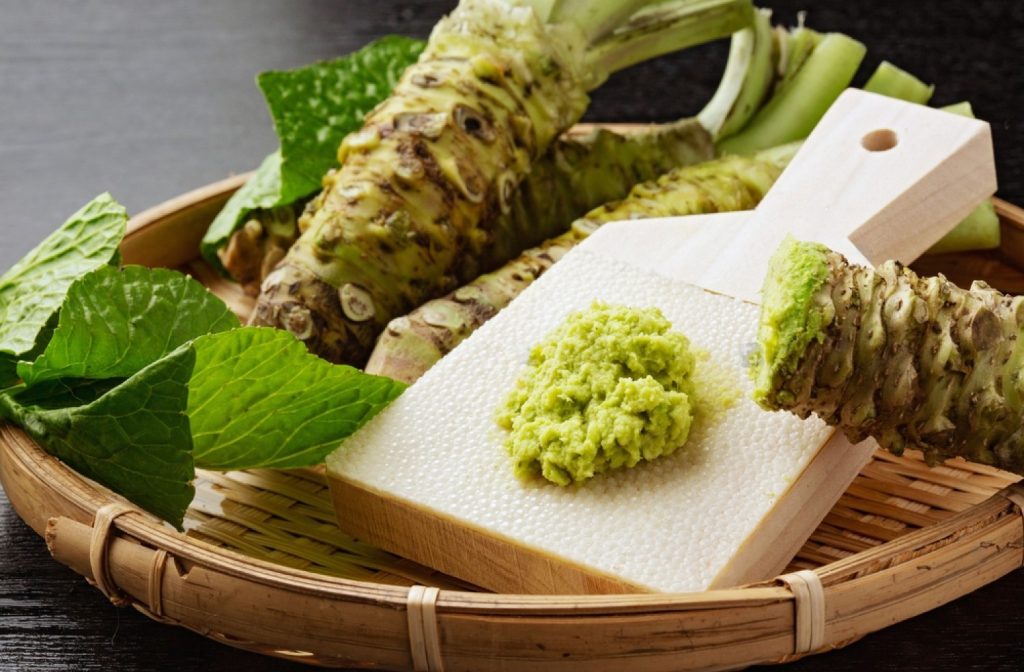
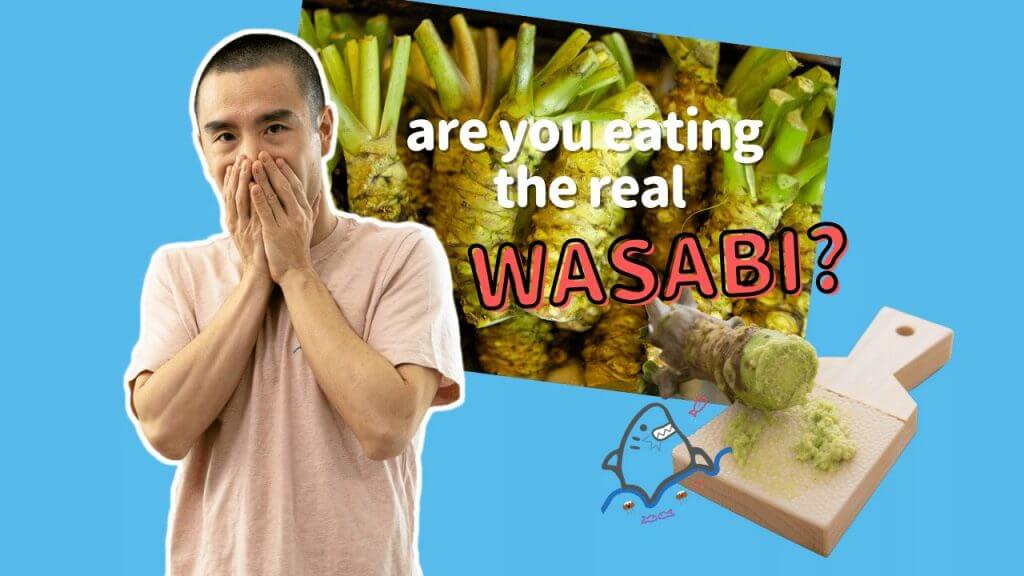
Konnichiwa! (Hello!) I'm Pat Tokuyama, a Japanese tofu cookbook author, who travels for music, food, and adventure. If you like Japanese tea, checkout some of the newestorganic japanese tea, matcha bowls and noren and more!
** Curious about the Plant Based Japanese Cooking Club? ** Learn more here!